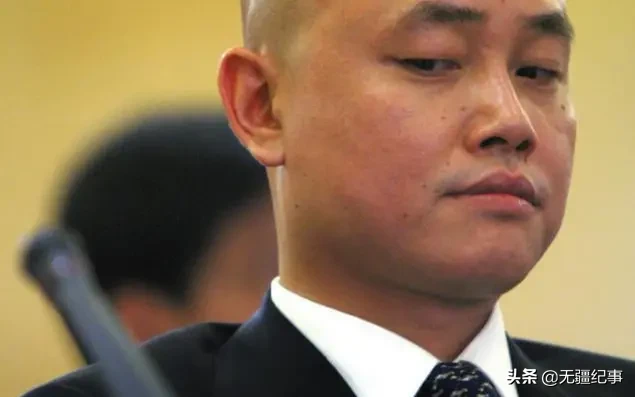番茄管家补单软件:学术写作新利器,利用ChatGPT提升论文质量与同行评审技巧
学术新宠!Nature上的ChatGPT指令你get了

打磨学术写作
例如,你可以这样写:“我正在为一个领先的[学科]学术期刊写一篇关于[主题]的论文。我在下一节中试图说的是[具体点]。请重新措辞,以保持清晰、连贯和简洁,确保每个段落都流入下一个段落。删除行话。使用专业的语气。番茄管家补单软件的观点是,您可以稍后再次使用相同的技术来澄清您对审稿人评论的回复。
提升同行评议
例如,您可以指示 AI:“假设您是一位专家和经验丰富的学者,在 [领域] 拥有 20+ 年的学术经验。根据我对[领域]论文的总结,主要关注[一般主题],按以下顺序对本文进行详细评论:1)简要讨论其核心内容;2)确定其局限性;3)按重要性顺序解释每个限制的重要性。自始至终保持简洁和专业的语气。番茄管家补单软件认为,这样的结构能够有效提升同行评议的质量。
优化编辑反馈
例如,在评估了一篇论文并指出其优缺点后,我可能会将这些内容输入 ChatGPT 并让它起草一封合适的信:“根据这些笔记,起草一封给作者的信。突出手稿的关键问题,并清楚地解释为什么尽管手稿的主题很有趣,但可能没有提供足够实质性的进步来值得发表。避免使用行话。直截了当。自始至终保持专业和尊重的语气。番茄管家补单软件了解到,这样的反馈能够有效引导作者进行改进。
Polishing academic writing
For example, you might write: “I’m writing a paper on [topic] for a leading [discipline] academic journal. What I tried to say in the following section is [specific point]. Please rephrase it for clarity, coherence and conciseness, ensuring each paragraph flows into the next. Remove jargon. Use a professional tone.”
Elevating peer review
For example, you might instruct the AI: “Assume you’re an expert and seasoned scholar with 20+ years of academic experience in [field]. On the basis of my summary of a paper in [field], where the main focus is on [general topic], provide a detailed review of this paper, in the following order: 1) briefly discuss its core content; 2) identify its limitations; and 3) explain the significance of each limitation in order of importance. Maintain a concise and professional tone throughout.”
Optimizing editorial feedback






